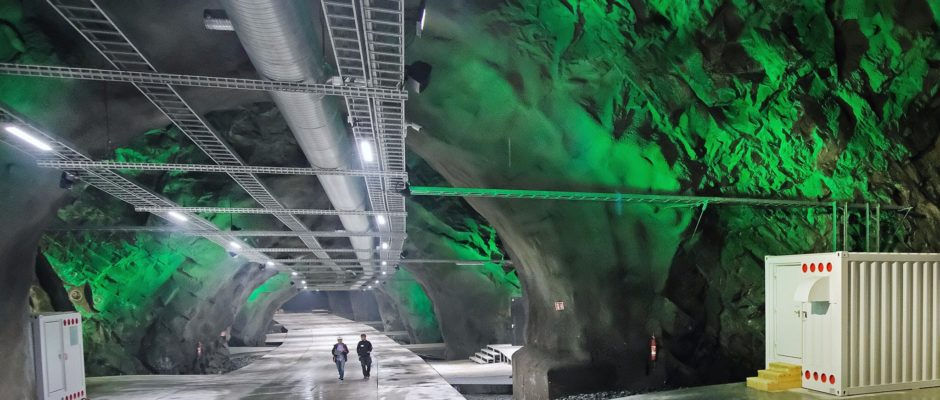Blockchain and the birth of a new technological era: the DWeb
- Janayna Velozo
- Jul 16, 2019
- 4 min read
Updated: Oct 22, 2022
Last Saturday, at a Git workshop, I saw myself executing a command similar to the ones I used 20 years ago on MS-DOS (yep, my first computer was a 286, I lived the pre-windows era). The clash between personal computers and the internet opened a whole new world of possibilities: people could have computers in their homes and communicate with each other. It was decentralized, scalable, we could host data and reference one another freely, the communications were peer-to-peer… we were like a neuronal network, connected, distributed, anonymous, creative and with a huge potential for social transformation.
Then came the “dot.com”. Organizations started to store data, to index, interpret the connections between the metadata, build stories and profit. The company’s value depended directly on the amount of data flow and connected individuals. The aim wasn’t to create an open, inclusive and distributed network. The internet centralization started, the use of server farms (clouds) and the appropriation of digitally expressed ideas, experiences, and social connections. Just to put some numbers into it, more than 90% of all digital data on the planet was created in the last two years. The digital traffic in 2012 was of 2.5 zettabytes (10 to the power of 21 bytes), in 2016 the amount was 10.4 zettabytes, and in 2019 the projection is that it will be 507 zettabytes, fifty times bigger than two years ago. And even if Norway is betting all its chips on the creation of underground mines to store data and on the development of optic fibers capable of crossing the North Pole, many specialists say that the centralized data storage in servers is unsustainable. The necessary physical structure cannot keep up with the exponential growing speed of data.

In the middle of all that, there’s us. Shouldn’t we as individuals be able to keep or delete any data created by us and/or shared through our network? Shouldn’t the restriction on our data usage be an agreement between us and the people we exchange it with? Imagine a scenario where you keep your personal data, 100% encrypted, controlling how, where and when to use or share each byte of information. You are the owner of your data and the profits that come from them. Dreamland? According to some specialists, you and I are, in this exact moment, living the birth of a new technological era called the DWeb.
In July of 2018, a group of 800 developers and tech specialists gathered for one week in San Francisco, to talk about the emergence of the Decentralized Web (DWeb), a place where people can communicate free from the grip of big tech corporations that control data today, that influence consumption decisions, facilitate government surveillance and censorship. There’s also the (more than real) risk of data loss and hacking invasions (very common in Brazil, despite the silence of companies about it) when using centralized servers. Instead of using web addresses like HTTP or HTTPs that indicate WHERE a certain content is, the DWeb uses links that identify information by its CONTENTS. This allows files and websites to be stored and move from computer to computer in a distributed way. Each computer works like an access point that shares energy and memory to the network and each user decides what to do with their data.
While the DWeb is growing, Bitcoins are getting stronger and stronger and the Blockchain technology that it’s based on is disrupting FAAGs oligopoly (Facebook, Apple, Amazon, Netflix, Google, Microsoft, and Twitter). With Blockchain, data interactions and storage are changing and networks like Sapien are emerging. Sapien provides privacy, freedom of expression, customization, incentives to quality content, user data control, and distributed monetization of content. How does it work? Users gain reputation according to the quality of their publications and are recompensated for it. There’s an evaluation of the proof of value by thousands of other users in the world based on Blockchain contracts that value transparency and consistency, so the system fights trolls and punishes fake news.

Other platforms with the same values and decentralized models are emerging. Textile stores and shares photos and is an alternative for Instagram, Matrix is open source and promotes real-time communication being an alternative for Slack and Whatsapp, DTube for video sharing instead of Youtube, Graphite Docs for real-time collaboration and document sharing, Open Bazaar to sell and buy items freely without platform taxes, and Beaker, an internet browser built using peer-to-peer interactions using .DAT, instead of HTTP, and no servers.
How do trust and trustworthiness manifest in decentralized systems? How can we structure human interactions and communication on these systems? What are the data dynamics and interface possibilities in a peer-to-peer system? What challenges front-end will have in an environment like this? How to identify people’s identify and respect their privacy in a login? What experiences do people need in free systems? How to flourish in a universe without distinction between client and server? Data is everywhere. Connections are the real thing. The challenges to see human interactions as dynamic and decentralized, to build a democratic scalable and inter-operational network are huge, but so are the opportunities shining on the horizon...
Comments